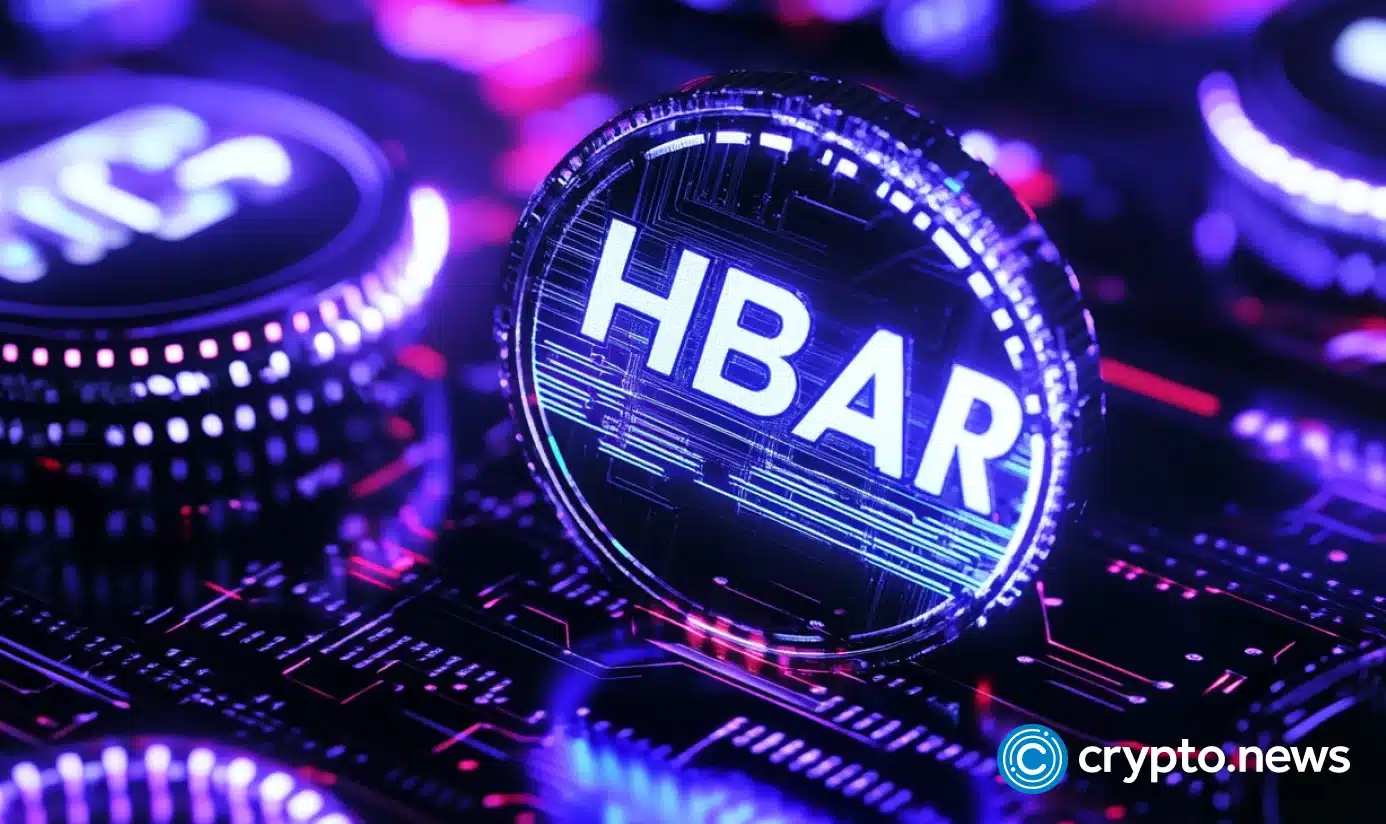
Institutional Bitcoin Bets and Solana Surges Dominate Crypto Momentum as Meme Coins Fizzle
The cryptocurrency market is undergoing a notable shift as institutional interest in Bitcoin and Solana surges, while meme coins—once the darlings of retail traders—lose steam. From corporate treasuries adding BTC to Nasdaq-listed firms allocating millions to Solana, the landscape is evolving rapidly. Meanwhile, scams, regulatory developments, and fading retail hype paint a complex picture for digital assets in 2025.
This article explores the latest trends shaping crypto, including:
- Institutional Bitcoin adoption accelerating
- Solana’s growing dominance in corporate treasury strategies
- Meme coins losing momentum despite early-year hype
- Regulatory advancements and ETF expansions
- Emerging risks like crypto ATM scams
Let’s dive into the key developments driving the market.
Institutional Bitcoin Adoption Reaches New Highs
Bitcoin continues to solidify its position as a preferred institutional asset, with major corporations and exchanges making bold moves.
Norwegian Block Exchange (NBX) Stock Soars 138% After BTC Treasury Move
Norwegian Block Exchange (NBX) stunned markets when its shares skyrocketed 138% in a single day after announcing it had begun adding Bitcoin to its treasury. This move signals growing confidence among crypto-native firms in BTC’s long-term value proposition. Analysts suggest that more exchanges may follow suit, reinforcing Bitcoin’s status as a reserve asset.
Jacobi Bitcoin ETF Opens Doors for European Retail Investors
The Jacobi Bitcoin ETF, approved in Guernsey, has lowered entry barriers for European retail investors. This marks a significant milestone in accessibility, allowing everyday traders to gain exposure to Bitcoin without directly holding the asset. With U.S. spot Bitcoin ETFs already thriving, Europe’s adoption could further fuel demand.
James Wynn Doubles Down on $100M Bitcoin Bet Amid Market Turmoil
Controversial trader James Wynn made headlines again with his second $100 million Bitcoin bet, claiming that a "market-making cabal" is targeting his positions. His public plea for donations to avoid liquidation underscores the high-stakes nature of institutional crypto trading—and the volatility that comes with it.
Solana Emerges as a Corporate Treasury Favorite
While Bitcoin dominates institutional discussions, Solana (SOL) is gaining traction as a strategic reserve asset for forward-thinking companies.
Nasdaq-Listed Classover Allocates $500M to Solana Treasury Reserve
Classover, an online education platform listed on Nasdaq, announced plans to issue up to $500 million in senior secured convertible notes to establish a Solana-based treasury reserve. This follows MicroStrategy’s Bitcoin-heavy strategy but shifts focus toward high-performance blockchains like Solana—highlighting its scalability and DeFi potential.
Why Institutions Are Flocking to Solana
Solana’s low fees, high throughput, and thriving ecosystem make it an attractive alternative to Ethereum for corporate use cases. With major firms now allocating capital to SOL, its legitimacy as an institutional asset is growing rapidly.
Meme Coins Lose Steam Despite Early 2025 Hype
Earlier this year, meme coins like Bitcoin Pepe (BPEP) dominated headlines with multi-million-dollar presales. However, enthusiasm is fading as institutional plays take center stage.
Bitcoin Pepe Presale Raises $13.6M—But Can It Sustain Momentum?
Bitcoin Pepe’s presale success (raising over $13.6 million) initially signaled strong retail interest. Yet, as institutional bets on BTC and SOL surge, speculative meme coin investments appear riskier. Many analysts warn that without real utility, these assets could face steep corrections.
Pi Network Faces Investor Exodus Amid Bearish Pressure
Pi Network, once a viral sensation, is now struggling with a month-long investor exodus. Persistent bearish momentum has pushed its price down, raising concerns about its long-term viability unless it finds solid support levels.
Regulatory Developments Shape Crypto Accessibility
As adoption grows, regulatory clarity remains crucial for institutional participation. Recent ETF and ETP launches highlight this trend.
21Shares Launches Hedera (HBAR) ETP Ahead of U.S. ETF Decision
21Shares expanded its European offerings with a new Hedera (HBAR) ETP on Euronext, joining Valour in providing exchange-traded access to HBAR. Meanwhile, U.S. investors await the SEC’s decision on HBAR ETFs by June 11—a potential game-changer for Hedera’s liquidity and adoption.
Ripple’s RLUSD Back in the Spotlight
Ripple’s stablecoin project (RLUSD) has resurfaced with new developments, though details remain scarce. If successful, it could strengthen Ripple’s position in payments and DeFi against competitors like USDT and USDC.
Rising Crypto Scams Pose New Risks
While institutional adoption grows, so do security threats—particularly around crypto ATMs.
Australia Faces AUD 3.1M Losses from Crypto ATM Scams
Australia has seen a surge in crypto ATM scams, with over 150 reports filed and average losses exceeding AUD 20,000 per victim. The number of crypto ATMs ballooned from just 40 in 2022 to over 1,800 by 2025—creating more opportunities for fraudsters exploiting inexperienced users. Authorities urge caution when using these machines for transactions.
Conclusion: Institutional Moves Dictate Market Direction
The crypto market is at an inflection point:
- ✅ Bitcoin remains the top institutional choice, with ETFs and corporate treasuries driving demand.
- 🚀 Solana is emerging as a high-growth alternative, attracting major corporate allocations like Classover’s $500M bet.
- ❌ Meme coins are fading, proving that speculative retail plays lack staying power compared to utility-driven assets.
- ⚖️ Regulatory progress continues, with new ETPs expanding access while scams highlight security risks.
For investors, the message is clear: focus on assets with strong fundamentals and institutional backing rather than fleeting hype cycles. As Bitcoin and Solana lead the charge, the next wave of crypto growth will likely be defined by real-world adoption—not meme-fueled speculation.